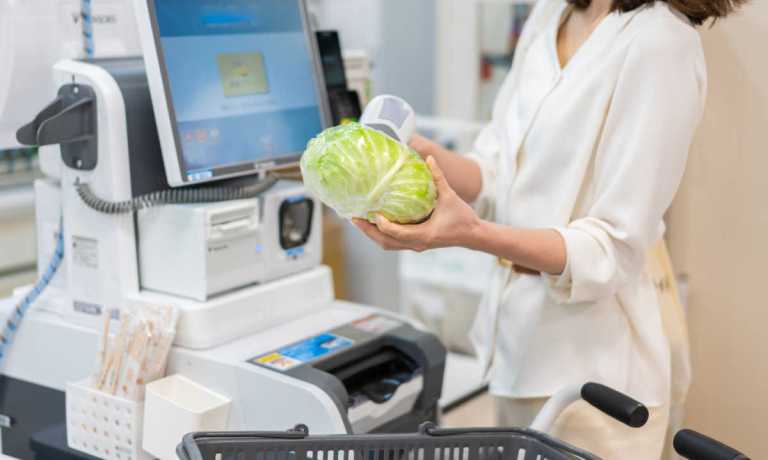Offering Choice Boosts Grocery Shoppers’ Comfort With Cashierless Checkout

As computer vision enters the grocery industry, consumers may not be ready for the change.
In an interview with PYMNTS, Jordan Fisher, CEO of autonomous retail technology company Standard AI, which this month announced the acquisition of self-checkout kiosk creator Skip, argued that changing shopper behavior requires a slow, gradual approach.
“When we rolled out shopping carts 60, 70, 80 years ago — it seems weird to think about, but before that, shoppers didn’t know how to use shopping carts, and grocers started putting them into their stores, and shoppers weren’t using them,” Fisher said. “What they ended up doing was, they started hiring actors to walk around the store with the shopping carts because it made it really clear to all the other shoppers that that’s what these are for.”
He noted that, with the company’s acquisition of Skip, Standard AI can now communicate information about its computer vision payment options on the screens of these more traditional self-checkout kiosks, gradually introducing shoppers to the technology. Plus, offering both options allows the shopper a sense of control rather than making them feel pushed into a system they are not yet comfortable with.
“It’s all about when the shopper is ready,” Fisher said. “They can take that next step rather than being forced into it.”
Around the world, cashierless grab-and-go checkout has slowly been expanding. Computer vision startup Trigo and major German grocery chain Rewe have been opening a handful of autonomous stores in the grocer’s home country, and Trigo has also worked with major grocers including Tesco, Aldi and Wakefern. Amazon has been expanding its “Just Walk Out” technology to a range of different retailers, including non-Amazon-owned grocers, sporting arena concessions shops, airport stores and more.
Yet, Amazon seems to be facing roadblocks with its own Just Walk Out grocery stores. Recent reports have shown Amazon Fresh stores sitting empty and unopened, and Amazon CEO Andy Jassy said last week that the company is still “doing a fair bit of experimentation” to find a model that works.
Fisher contended that it takes many years for consumers to become comfortable en masse with new ways of shopping.
“It takes time for shoppers to learn new shopping behaviors,” he said. “Self-checkout’s been around for 10+ years. We’re now finally starting to see really good shopper adoption.”
These kinds of digital upgrades to the in-store experience are key in grocers’ efforts to hold their own against competition from eCommerce. Research from PYMNTS’ study “Changes in Grocery Shopping Habits and Perception,” which drew from a December survey of more than 2,400 U.S. consumers, found that brick-and-mortar grocery shopping is still significantly more popular than eCommerce, but the latter is growing fast. Fifty-four percent of grocery customers shop in stores all the time, while only 7% shop digitally every time. However, that eCommerce-only share has increased 36-fold since before the pandemic.
Additionally, computer vision checkout enables grocers greater insights into store operations, offering easier access to information about shelf-stocking, real-time issues in the store and more.
Looking ahead, Fisher said he expects more hybrid computer vision stores to emerge.
“I think hybrid is the way forward,” he said. “If you imagine 10 years ago, when self-checkout was really starting to be deployed, if [retailers] had just said, ‘OK, it’s self-checkout everywhere — 100% has to be through self-checkout,’ it would have been a disaster. [You] need that hybrid, and we’re seeing the same thing with autonomous.”